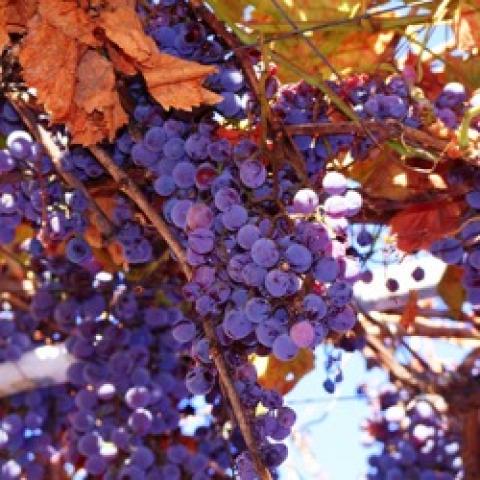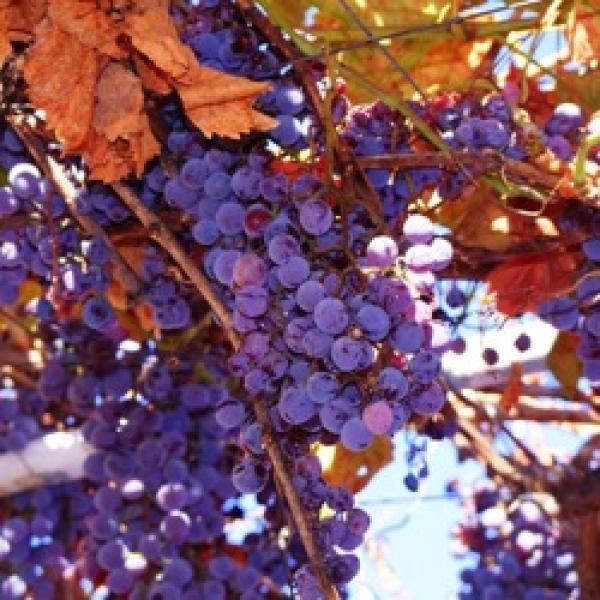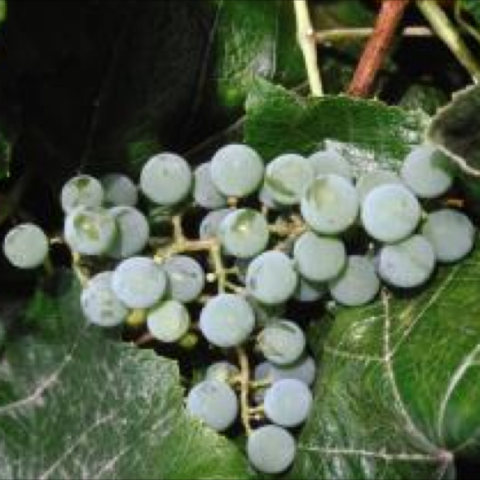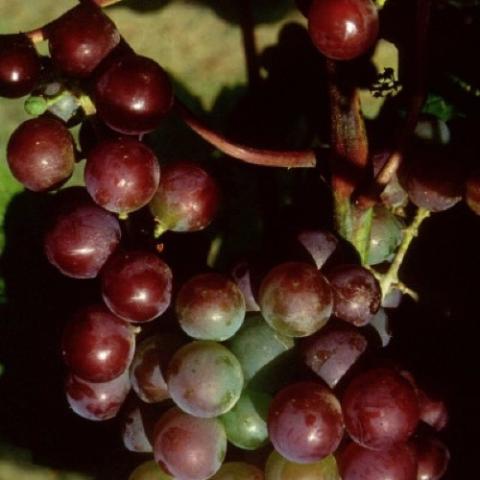About Concord
Exceptionally sweet dark purple seeded fruit with skins that slip off the pulp. America’s favorite grape was used by the Welch family to bottle the first fresh fruit juice in 1869 as a nonalcoholic communion wine. The family also used it for the first grape jelly. Delicious eaten fresh or made into wine as well as juice and jelly.
Dr. Thomas Welch was a member of a church that did not believe in consuming alcohol. So in 1869, he and his son picked Concord grapes and bottled the juice using a new method of gentle heating to kill any microorganisms. They then sold this juice, “Dr. Welch’s Unfermented Wine,” to churches. In 1918, Welch’s introduced "Grapelade" jelly. The U.S. Army bought everything produced and added it to the soldier’s rations. When these men came home after the war, they became a ready-made market for Welch’s grape jelly. In WWII, peanut butter was added to soldiers' rations for its protein, calories, and portability. Although peanut butter had been on the menus of upscale restaurants before the war, it really caught on during and after the war as soldiers made PB&J sandwiches and then brought the combination home to their families as an easy meal for children.
About Grape
Vigorous vines are great for covering fences, but most benefit from pruning for best fruit production. Bunches of fragrant greenish flowers in spring. Grapes mature from August into September. Self-fruitful. Climbs by tendrils. Prune to 4–6' between January and early April.



